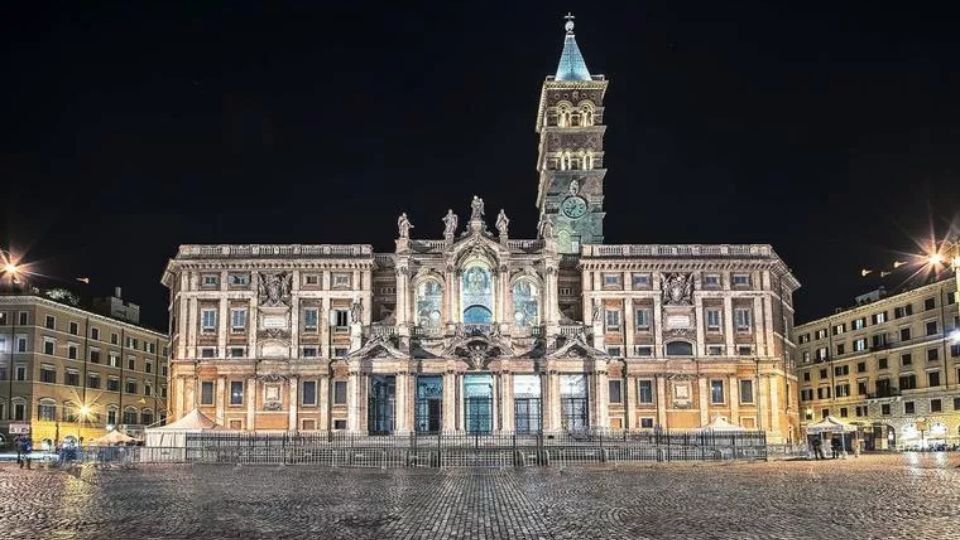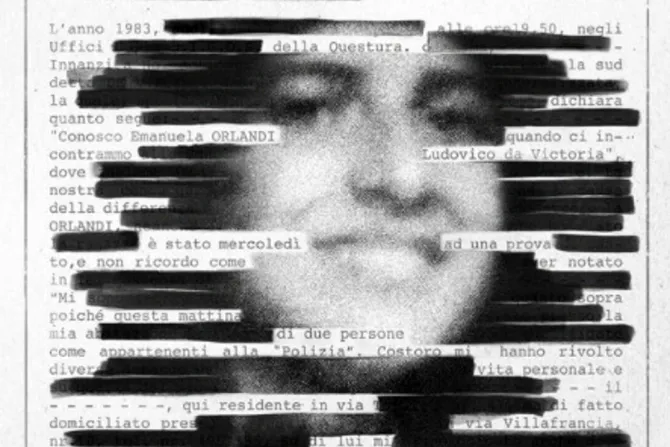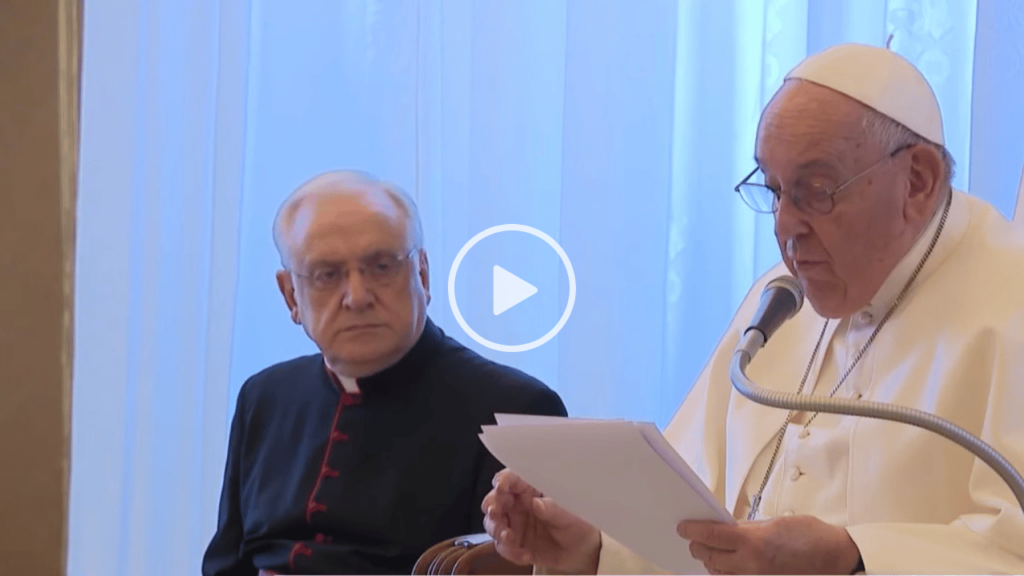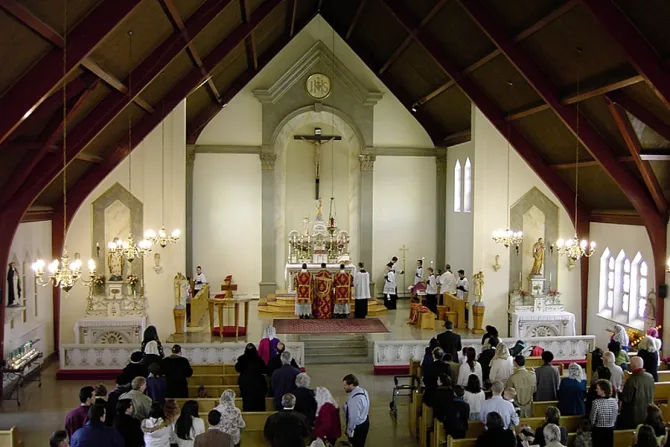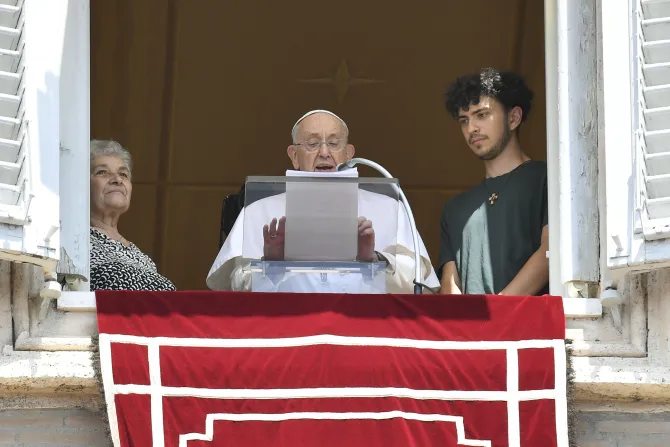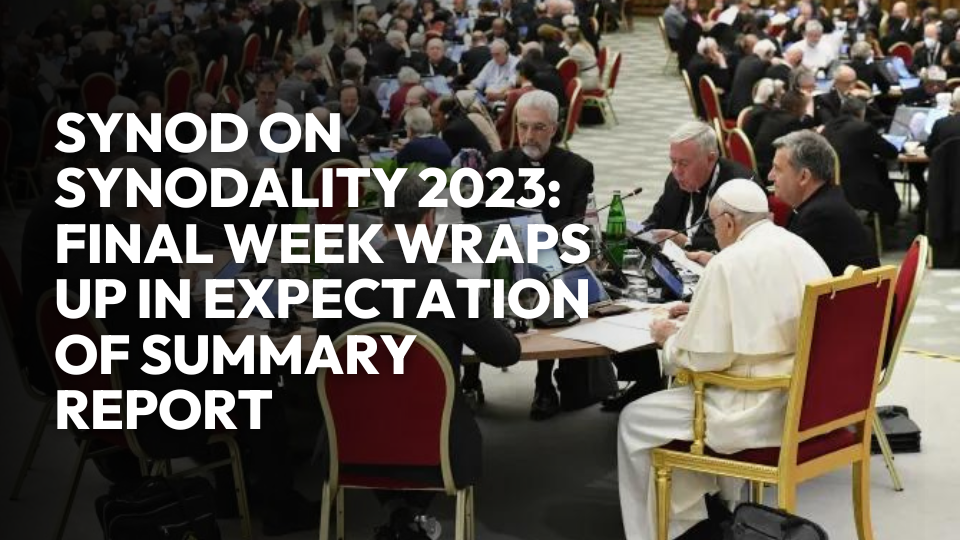COMMENTARY: The ancient basilica welcomes a new wave of pilgrims, drawn by a renewed devotion to Our Lady in this special year of grace.
SIGN UP FOR OUR NEWSLETTER HERE
A visitor who arrives at the Basilica of St. Mary Major in Rome, a privileged pilgrimage site during this year’s Jubilee of Hope, might not at first appreciate the church’s elegant Baroque 18th-century façade, which overlooks an expansive square. That’s because visitors now enter the basilica at the side of the Church, on Via Liberiana, where the line forms for the security checkpoint. This point of entry was added only in the last decade due to heightened concerns about safety.
The constant stream of pilgrims who made their way along this path, on a recent June morning when I had the opportunity to visit the church, manifests the increased prominence that the basilica has gained in recent years and even in recent months. There is no doubt that Pope Francis, with his frequent visits to this renowned Marian temple, gave new impetus to the Church’s devotion to this most ancient Marian shrine in the West.
The pilgrim who enters the church can easily miss the mosaics from around the year 1300 still visible behind the current façade. One image recounts the story of the founding of the church, in which the Blessed Virgin Mary appeared to an aristocrat, John, as well as to Pope Liberius, asking that a church dedicated to her might be constructed. To the right, another mosaic depicts the miraculous snowfall in August that confirmed Our Lady’s request.
Above these mosaics presides a grand image of Christ in his human and divine splendor, surrounded by four angels who offer him homage. The mosaics as a whole drive home a theme that is central to the basilica’s artwork and to the Christian faith, which is that the Church’s devotion to the Virgin Mary is always directed ultimately to Christ. The church was constructed shortly after the Council of Ephesus, which in the year 431 solemnly affirmed Mary to be theotokos, the “God-bearer” or “Mother of God.”
This exalted Marian title arose directly from the Church’s belief in the person of Christ. If the Savior is really true God and true man, as the Council of Ephesus held against the error of Nestorius, then Mary is the Mother not just of Christ as a man but deserves the title “Mother of God.” This designation had already taken root among the Christian faithful in the fourth century A.D.
This truth about Mary is echoed in the basilica’s current bronze Holy Door, which is of relatively recent origin. It was blessed by Pope St. John Paul II in 2001 and commemorates both the Council of Ephesus’ affirmation of Mary to be the Mother of God and Pope St. Paul VI’s declaration of Mary to be the Mother of the Church during the Second Vatican Council. The image portrays the Blessed Virgin, with a gesture of her hand, directing the pilgrim toward her son and also into the majestic basilica.
Upon passing through the Holy Door, one new object of the pilgrims’ attention is the tomb of Pope Francis. This burial place is simple and sober, as the late pope desired, with an enlarged reproduction of his pectoral cross on a bare wall behind the tomb. An elaborate bouquet of white and yellow flowers at the foot of the burial place adds an atmosphere of spiritual joy to this site. On the morning of my visit, two security personnel of the basilica were present to keep the crowd moving past the tomb, an enduring manifestation of the way the late pope captivated the hearts of so many people.
This resting place of Francis is just one reminder of the Marian devotion to which the basilica bears witness. Just next to his tomb is the statue of Our Lady, Queen of Peace, which was commissioned by Pope Benedict XV and placed in the church at the conclusion of World War I. The Blessed Virgin, her face somber, holds her son in one hand and with the other one blesses a world that continues to be plagued by the scourge of war.
Moving along the same side aisle, one reaches the most venerated image of the basilica: the Byzantine style icon of Mary, Salus Populi Romani, “Salvation” or “Health” of the Roman People. While we don’t know for certain whether the painting was originally the work of St. Luke, as a certain tradition holds, it is undoubtedly true that the painting is a special testament to the Church’s piety toward the Blessed Virgin down through the centuries. At the end of the sixth century, Pope St. Gregory the Great made an impassioned petition before the image for an end to the plague. This attitude of devotion has continued with vigor into more recent history, which includes Pius XII’s coronation of the image in 1953 and Pope Leo XIV’s prayer before the painting in the early weeks of his papacy.
In offering this veneration, the pontiffs have given expression to a sentiment that has been deeply rooted not just among some of the bishops of Rome, but within the people of God as a whole. As one can recognize from the influx of faithful who have come in pilgrimage to the basilica during this special year of grace, this same disposition remains a vibrant reality in the Church today.
From the beginnings of the Church’s history, Marian devotion has always had a strong presence within the life of the faithful. The piety of ordinary Christians has, in fact, often run far ahead of theologians and the magisterium. Such fervor provides an important witness to the way in which Marian devotion bears an intimate connection to faith in Christ.
Countless aspects of the basilica, many more than can be described here, bear living testament to this reality. The fifth-century mosaics within the church’s interior vividly portray an array of scenes from the Old and New Testament, and powerfully show how the history of salvation has been brought to its fulfillment by Christ, and by God’s will with the cooperation of Mary. This centrality of Christ, in close union with his mother, is revealed particularly in the Bethlehem Crypt, below the high altar. Here, within a crib-shaped crystal reliquary, five pieces of sycamore wood are kept that are thought to be part of the manger where the child Jesus lay.
The current Jubilee, then — marked by the passing of a pope with fervent devotion to this basilica, the election of a new bishop of Rome with deep Marian devotion, as well as by the pilgrimage of countless faithful to this celebrated place of prayer — presents us with a special opportunity to appreciate the significance of the Basilica of St. Mary Major. More broadly, this year is a unique time to reflect on Mary’s role in the life of the people of God.
The basilica shows Mary to truly be the Mother of God and also, as the Church has more recently recognized, the Mother of the Church, the Mother of all those who form one mystical body in Christ. Here we are reminded in an exceptional way of the Blessed Virgin’s maternal solicitude for all the faithful and all mankind.
Strengthened by such lessons, we can be renewed in hope during this Jubilee Year dedicated to this very theological virtue. Amid the many challenges that the Church faces, the faithful of Christ continue to look confidently to Mary. We can trust that through her intercession, as Pope Leo prayed in his recent visit, God might “help us all to walk together in the Church, united as the one family of God.”
This article was originally published by NCRegister.

